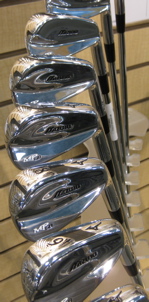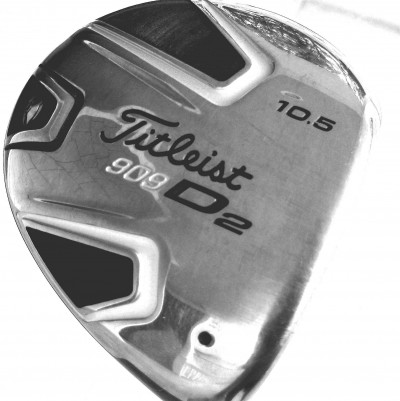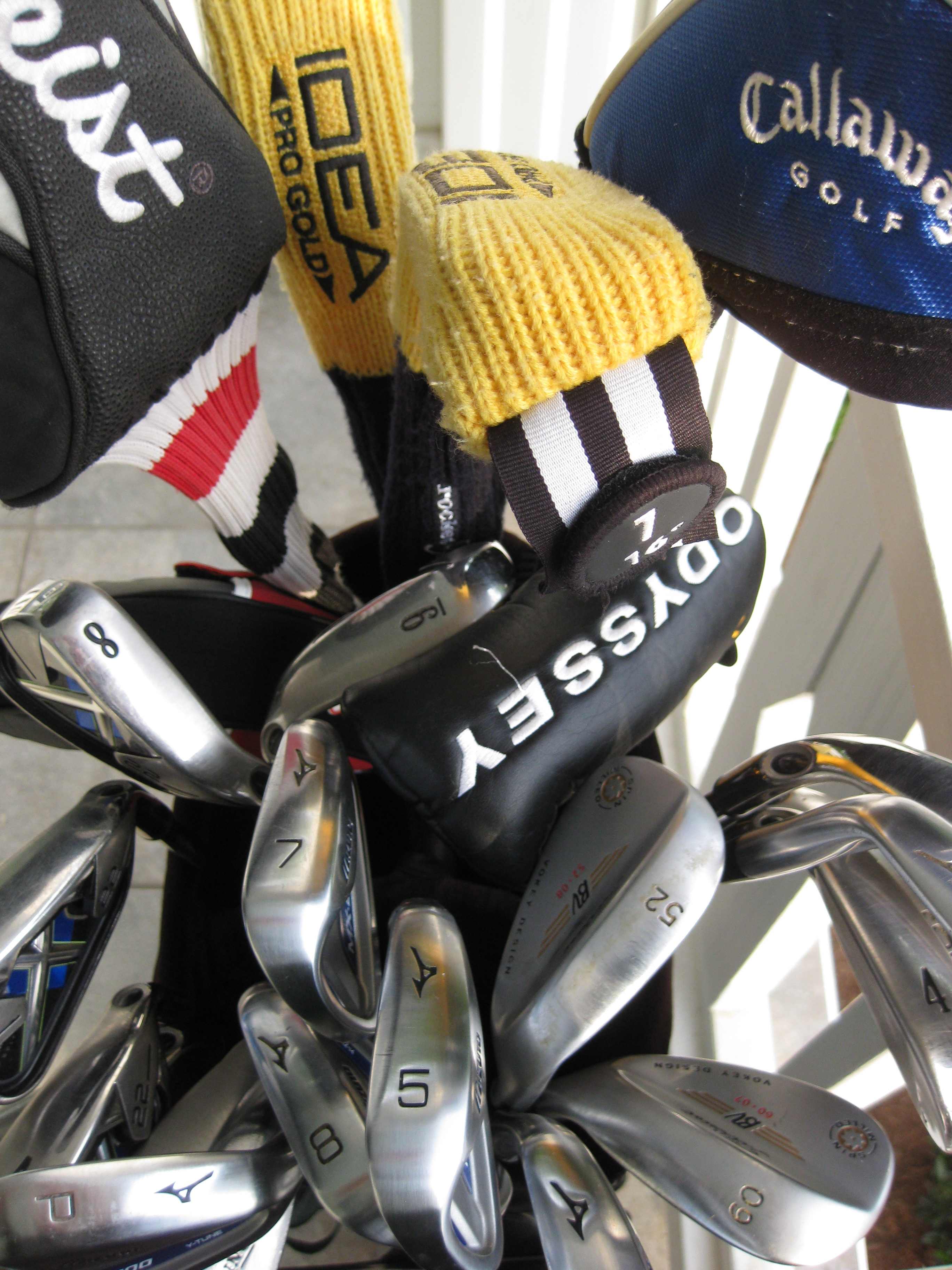Information is power, right? We’ll finish off our series on equipment-buying with a few web resources for the most die-hard wedge-heads among you. The links below represent my three favorite time-drains, ranked in descending order by hours squandered.
1. Frank Thomas – Equipment Expert
In this fantastic Q&A archive, equipment researcher and expert Frank Thomas takes questions from readers on everything from how temperature affects the performance of a golf ball to the pros and cons of wearing a golf glove. Warning: if you have even an ounce of equipment-junkie in you, watch yourself. Five minutes on this site will easily turn into three hours. Continue reading “Your Golf Equipment Buying Guide, Part IV: Web Resources”


 1. Loft
1. Loft  Along the way, I learned a few things that you may find useful. Let’s clarify a few things before we even begin to contemplate heading out to kick the tires on the latest and greatest in golf equipment.
Along the way, I learned a few things that you may find useful. Let’s clarify a few things before we even begin to contemplate heading out to kick the tires on the latest and greatest in golf equipment.

